Uncategorized
-
Uganda Safaris
- February 7, 2020
- Posted by: xx@rl
- Category: Uncategorized
No CommentsBirding and Primates
-
Kibale National Park
- February 2, 2020
- Posted by: xx@rl
- Category: Uncategorized
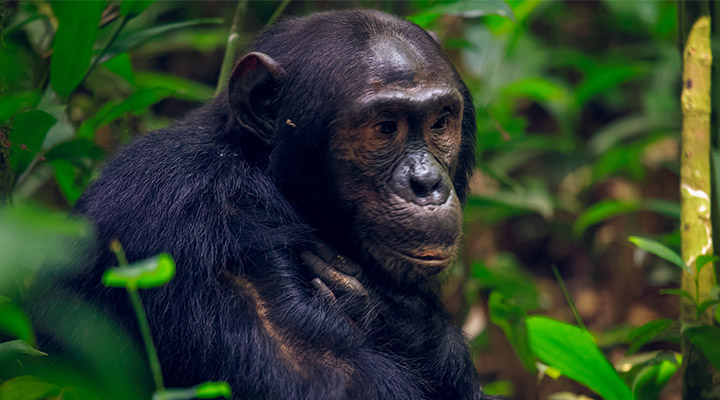
Greatest variety and concentration of primates found anywhere in East Africa. Go trekking for chimpanzees in the Kibale Forest, home to Africa’s most diverse range of primates
-
Rwenzori Mountains
- February 2, 2020
- Posted by: xx@rl
- Category: Uncategorized
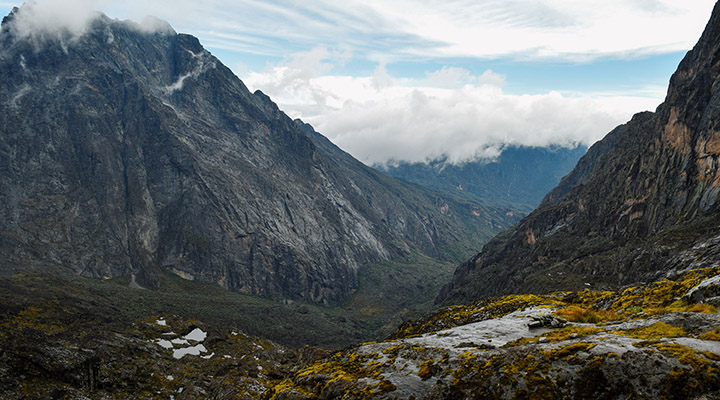
Birding and Primates
-
Semiliki National Park
- February 2, 2020
- Posted by: xx@rl
- Category: Uncategorized
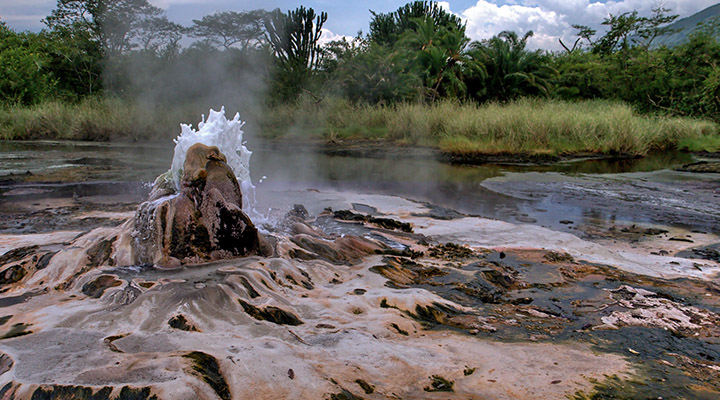
Birding and Primates
-
Lake Mburo National Park
- February 2, 2020
- Posted by: xx@rl
- Category: Uncategorized
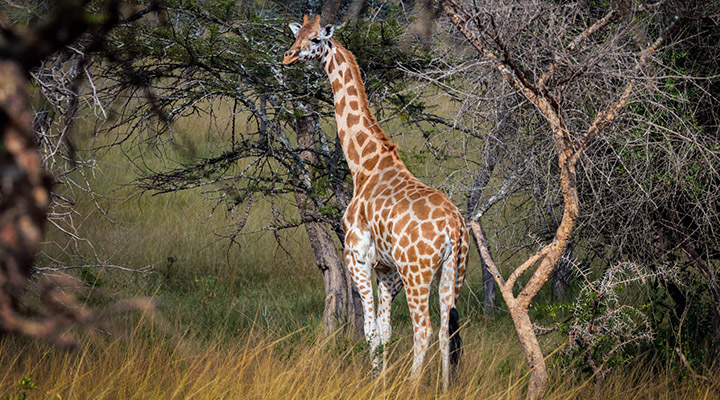
Birding and Primates
-
Murchison Falls National Park
- February 2, 2020
- Posted by: xx@rl
- Category: Uncategorized
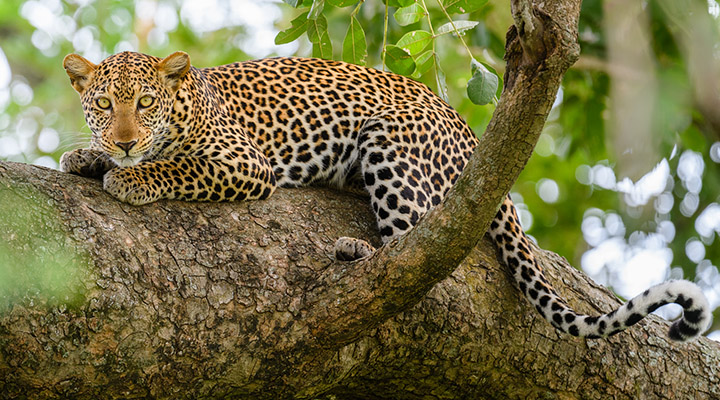
Must-see destination, the largest and most visited park in the country. Witness the majestic Murchison Falls and and explore its diverse wildlife experience
-
Kidepo National Park
- February 2, 2020
- Posted by: xx@rl
- Category: Uncategorized
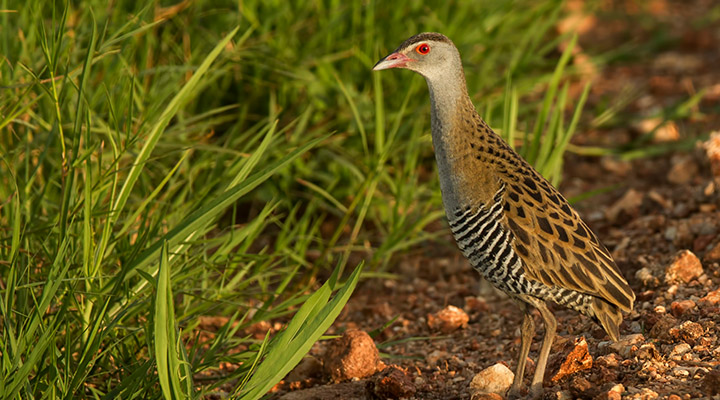
Birding and Primates
-
Mabira Forest Reserve
- February 2, 2020
- Posted by: xx@rl
- Category: Uncategorized
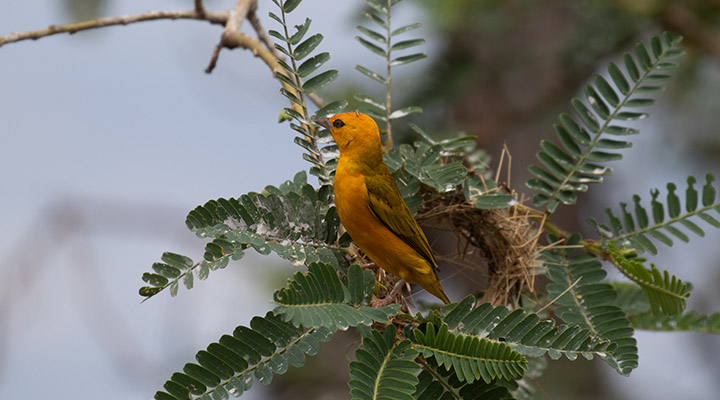
Birding and Primates
-
Mabamba Bay Wetland
- January 26, 2020
- Posted by: xx@rl
- Category: Uncategorized
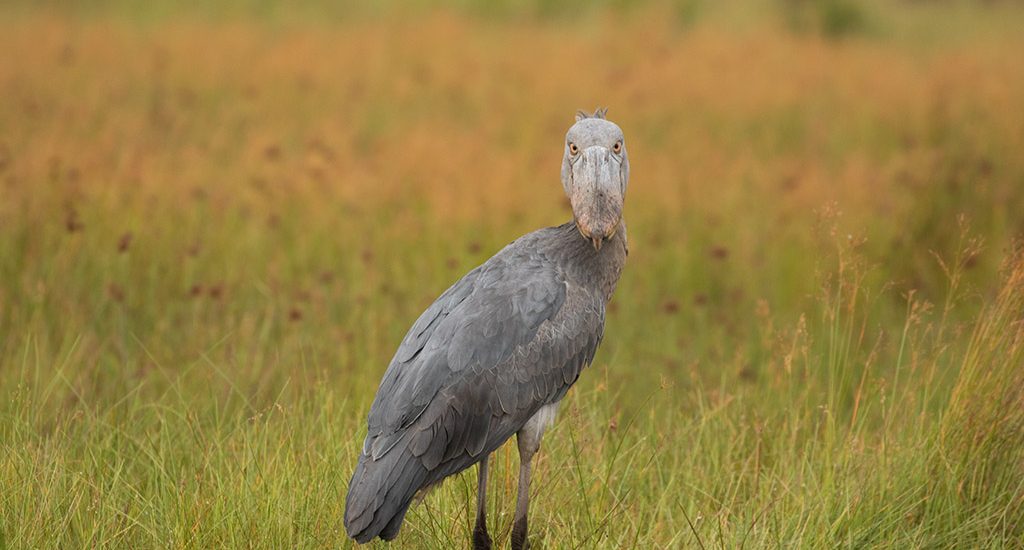
Interesting Birding Site
-
Bwindi National Park
- January 26, 2020
- Posted by: xx@rl
- Category: Uncategorized
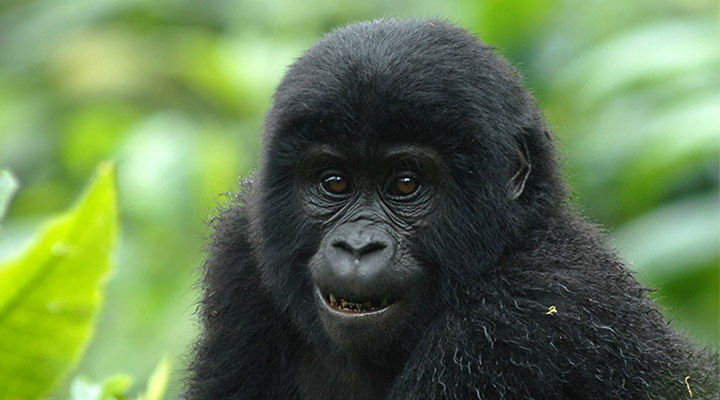
Africa’s most unique experience – gorilla and chimpanzee trekking are considered life changing experiences. Encounter the gorillas, as well as other primates.
